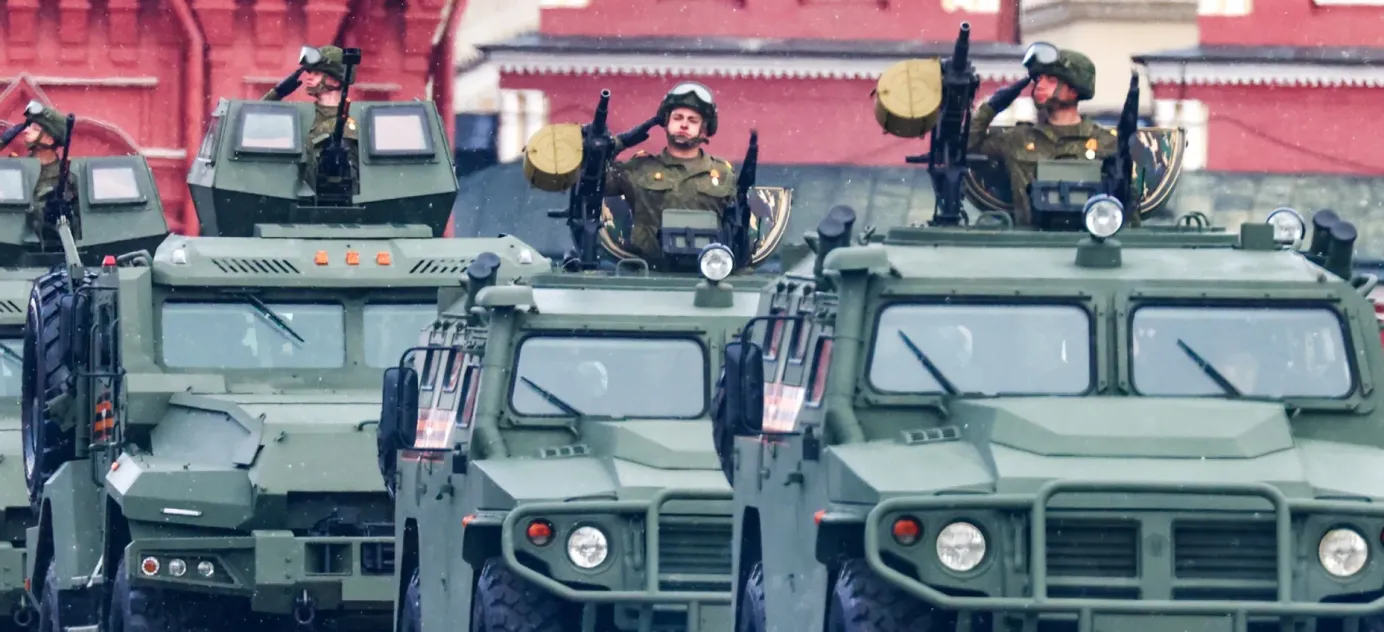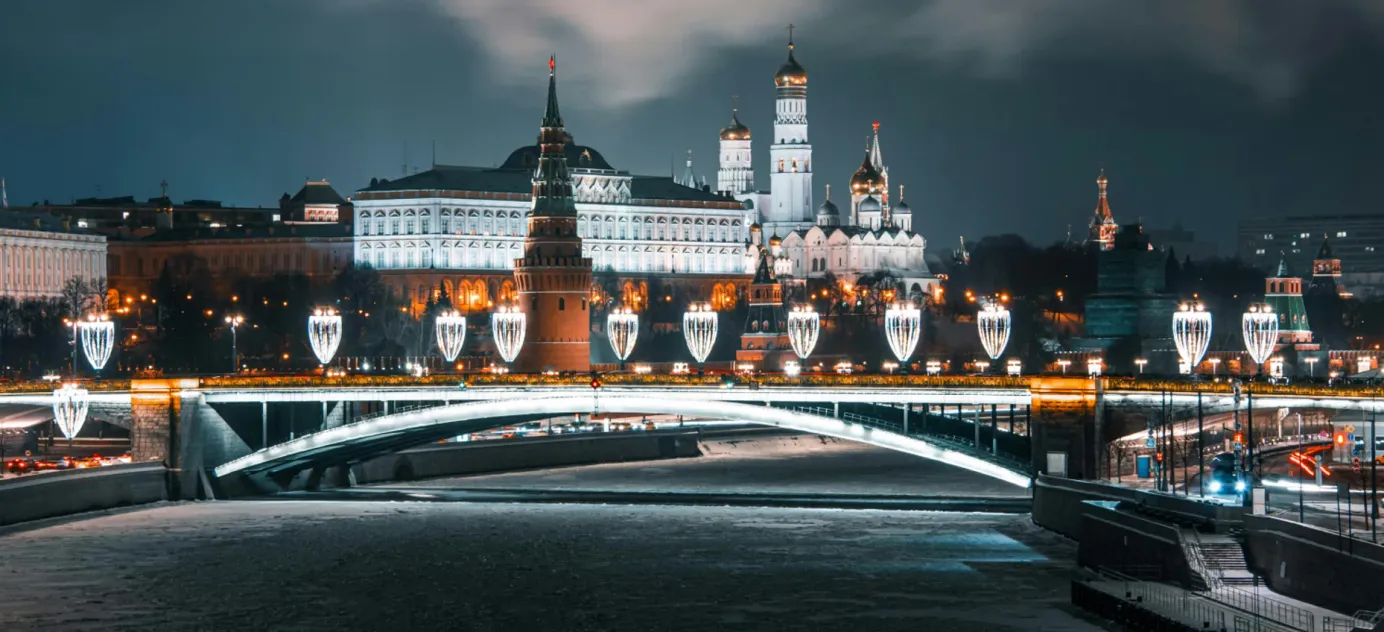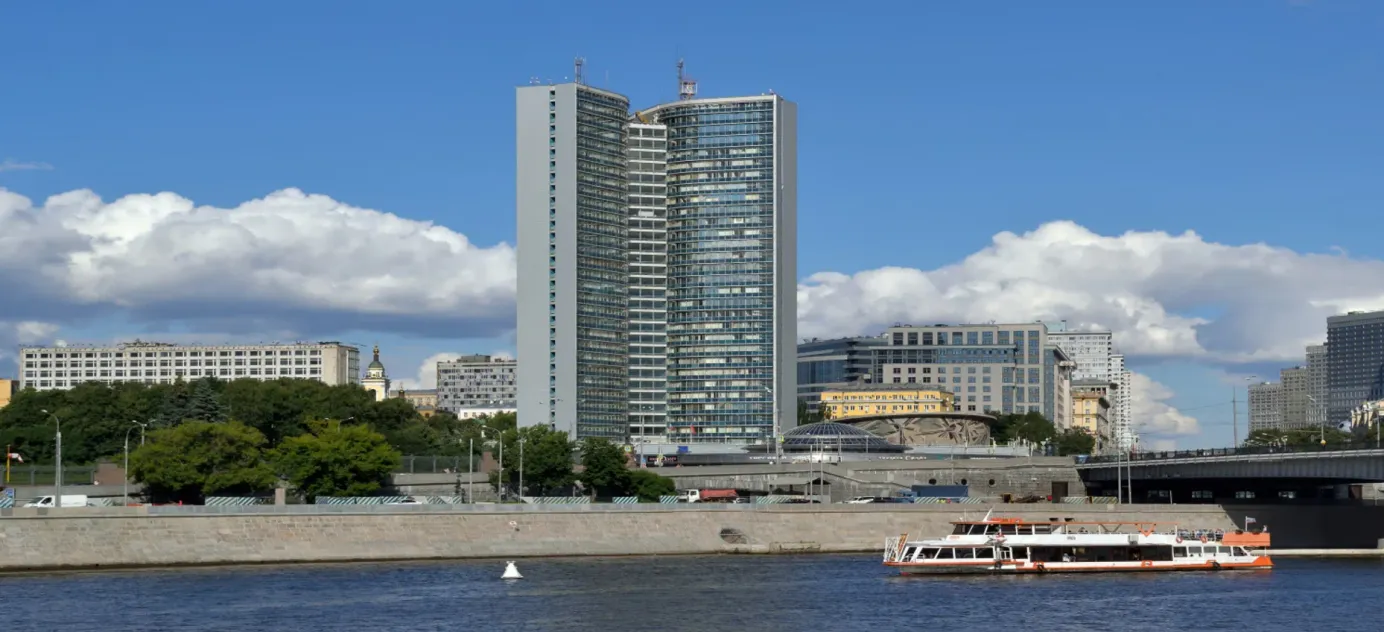
Putin’s missile escalation
The war in Ukraine ratched up dramatically this week, with tensions running at arguably their highest level in the near three-year conflict. Kyiv, with the support of its Western allies, used US-supplied ATACMS and British-supplied Storm Shadow missiles against targets inside Russian territory for the first time. Russia responded with an attack on the Ukrainian city of Dnipro using a never-before-seen intermediate-range hypersonic ballistic missile, carrying multiple warheads. Dubbed “Oreshnik,” the missile is capable of carrying a nuclear payload. Hypersonic missile systems have been one of Vladimir Putin’s favorite defense topics for many years, with several scientists working on hypersonic technology having been detained in targeted arrests — often on trumped-up charges — by the secret services. The war in Ukraine has offered Putin an opportunity to test them on the battlefield, demonstrating their potential to the West.
- Putin’s passion for hypersonic weapons dates back to the early 2000s. In 2004, three years before his famous Munich speech, he said that Russia would develop a new hypersonic missile system capable of hitting “strategic targets at intercontinental range.” It would take another 14 years before Putin would share more detailed information. In his traditional address to the Federal Assembly in 2018, he unveiledthe Avangard missile system, capable of “evading air defense systems at hypersonic speed, exceeding Mach 20,” or almost 7km per second. Under the slogan, “Russia cannot be contained”, he also outlined details on the “Kinzhal” hypersonic missile, which Russia has been using to strike Ukrainian cities since the start of the war.
- Russia began developing hypersonic weapons after the US withdrew from the Anti-Ballistic Missile Treaty in 2002, Putin said. This agreement was struck in 1972 between the US and the USSR and was intended to halt part of the arms race between the two superpowers. Shortly after the 9/11 terrorist attacks, US President George W. Bush announced America was unilaterally withdrawing from the treaty. Putin has repeatedly said that Russia needs contemporary hypersonic weapons in response to the deployment of US missile defense systems near Russia. “We suggested following a different path, but we were pushed aside,” he said in an interview with American journalist Tucker Carlson earlier this year. Experts believe that the number of US systems deployed in Europe is insignificant and are anyway in the wrong locations if they were designed to counter Russian missiles.
- Putin has repeated claimed that Russia’s hypersonic systems are unparalleled anywhere in the world (1,2,3) and impervious to air defense systems. He repeated those claims both in an address to the nation and in a meeting with military chiefs and commanders in charge of Russia’s nuclear arsenal after the Oreshnik strike.
- Russian scientists engaged in hypersonic research have spent the last few years working under the constant threat of prison. Since 2018, when Putin unveiled the hypersonic missiles, at least 12 scientists have been jailed on charges of treason. Three of them have subsequently died, the BBC Russian service wrote. The physicists were accused of passing state secrets to European countries that Russia considers “unfriendly”, as well as to “friendly” nations such as China. In private conversations, FSB officers said that arrests were ordered from “on high”, lawyer Evgeny Smirnov told the BBC.
- According to Smirnov, investigators themselves claimed that Putin received personal updates on the details of every new case. This is essentially a move by Russia’s security services to convince him that everybody is out to steal the country’s military secrets, Smirnov said. The scientists themselves say the FSB regards anything as secret information, even if it does not relate to the hypersonic missile program. In one experiment, physicists used a cone which was then rounded to achieve a turbulent air flow. FSB investigators regarded this as secret information because the experimental design of the cone resembled a missile. Scientist Vladimir Kudryavtsev, who was arrested because of that, did not live to see his come to court.
- The last big treason case involving hypersonic research came to court in September 2024. Scientist Alexander Shiplyuk, who worked on experimental aerothermodynamics of hypersonic flows and had been published in leading international journals was sentenced to 15 years in a high-security prison after taking part in a conference in China. It was the toughest sentence yet handed to a hypersonic researcher, and one of the harshest in any of the many treason cases against Russian scientists.
Why the world should care
Putin’s enthusiasm for hypersonic technology has led to the world’s first use of a potentially nuclear-capable intermediate-range ballistic missile with multiple warheads. The Russian president is clearly exaggerating when he talks about the novelty and unstoppability of Russian hypersonic missiles — something that is only confirmed by the string of cases launched against scientists involved in the development program. Despite the hyperbole, the Oreshnik launch is still the most direct nuclear threat Putin has issued since the start of the war.





